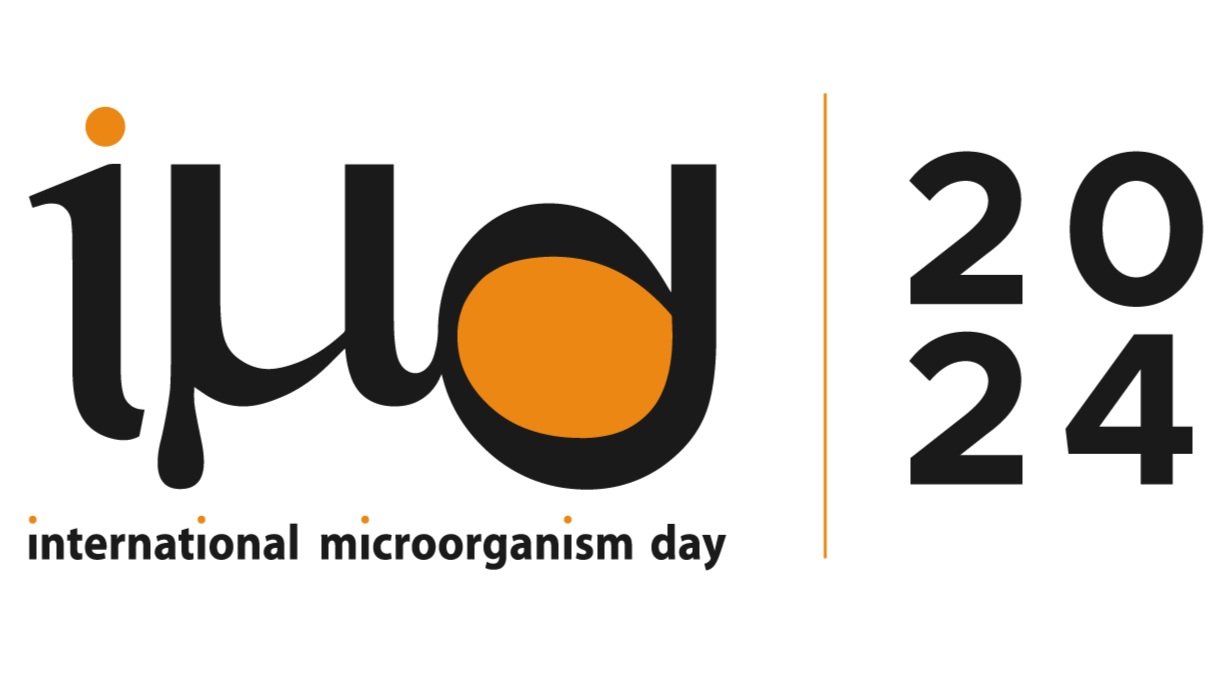Journey to the Center of the Gut
Journey to the center of the gut
By Priyanka Dasgupta
Did you know that the human body is made more from microbes than yourself? According to a 2016 study, in and on a person’s body there is an average of 40 trillion bacterial cells whereas about 37 trillion human cells.
Shocked? What if I then told you that prior to the 2016 study, the notion was that bacteria in our body outnumbered human cells by 10 to 1. Indeed, the 2016 study by Sender, Fuchs, and Milo at the Weizmann Institute of Science, showed that the number of bacterial cells was in fact closer to the number of human cells. Of course, we need to remember that these numbers are estimates so they can be affected by factors such as age, sex and body metrics.
If there are so much more bacterial cells in our body, where do they all live? Well, the largest bacterial populations colonize the large intestine. Our small intestine, mouth and skin can also host a lot of microbes but in smaller numbers. But the catch is that even if these microbes exist in large numbers, their overall size is still microscopic, smaller than our human cells. For example, using the figures from the 2016 study, 40 trillion bacteria would only account for 0.2 kg in a 70 kg person.
Our gut hosts a wide diversity of microbes including bacteria, fungi, and viruses and these collectively form the gut microbiome. The microbiome between people is different and depends on several factors such as genetics and diet. There are even some studies that showing a distinction in the microbiome between ‘Westernized’ and ‘non-Westernized’ populations. Western populations also seem to have 15-30% less species of microbial diversity. This is mainly because of differences in cultural and environmental trends in diet but also medicine usage (i.e. the overuse of antibiotics in some cases). Additionally, during my own research I found that, the hygiene practices prevalent in an area might influence the composition of our microbiome.
Cartoon of the gut microbiome, Image Source: DataBase Center for Life Science (DBCLS) - http://togotv.dbcls.jp/ja/togopic.2020.154.html
Another study found that an increased amount of saturated fat (milk-derived) in western diets, promotes the colonization of Bilophia wadsworthia, a bacterium that might make the host more prone to immunoregulatory diseases like Inflammatory Bowel Syndrome (IBS).
However, these studies consider only some specific model datasets for their results. For example, it would depend on their definitions of ‘westernized’ and ‘non-westernized’ populations, or the diet they consider to be more popular in each. Thus, a study might consider the non-western world to have high fiber consumption, less sugar, and less meat. However, in a majorly globalized world this is not always the case.
Scientists have also realized that the method of delivery at birth and infant feeding can affect the microbiome composition. This is believed to be because of the different exposures to certain microbial species which in turn determines which microbes will go on to colonize the gut.
What is definite is that there is a huge diversity in the gut microbiome from person to person, and this is shaped by lifestyle, dietary, developmental, geographical, and environmental factors. So why is this important? The way that your gut microbiome is shaped (i.e. the species of microbes that your body hosts) can influence your body’s function and health. Some microbes even help in regulating certain immune responses and can affect things like susceptibility to allergies or autoimmune diseases.
Cartoon of gut microbiota framing body health and regulating responses against foreign invaders, Image Source: https://www.storyblocks.com/images/stock/immunity-against-diseases-hvst2_s7o-j6goj0rn
The intriguing world of the gut microbiome is continually evolving. With more research around the microbiome, scientists hope to explore its depth in ever more conclusive ways.



